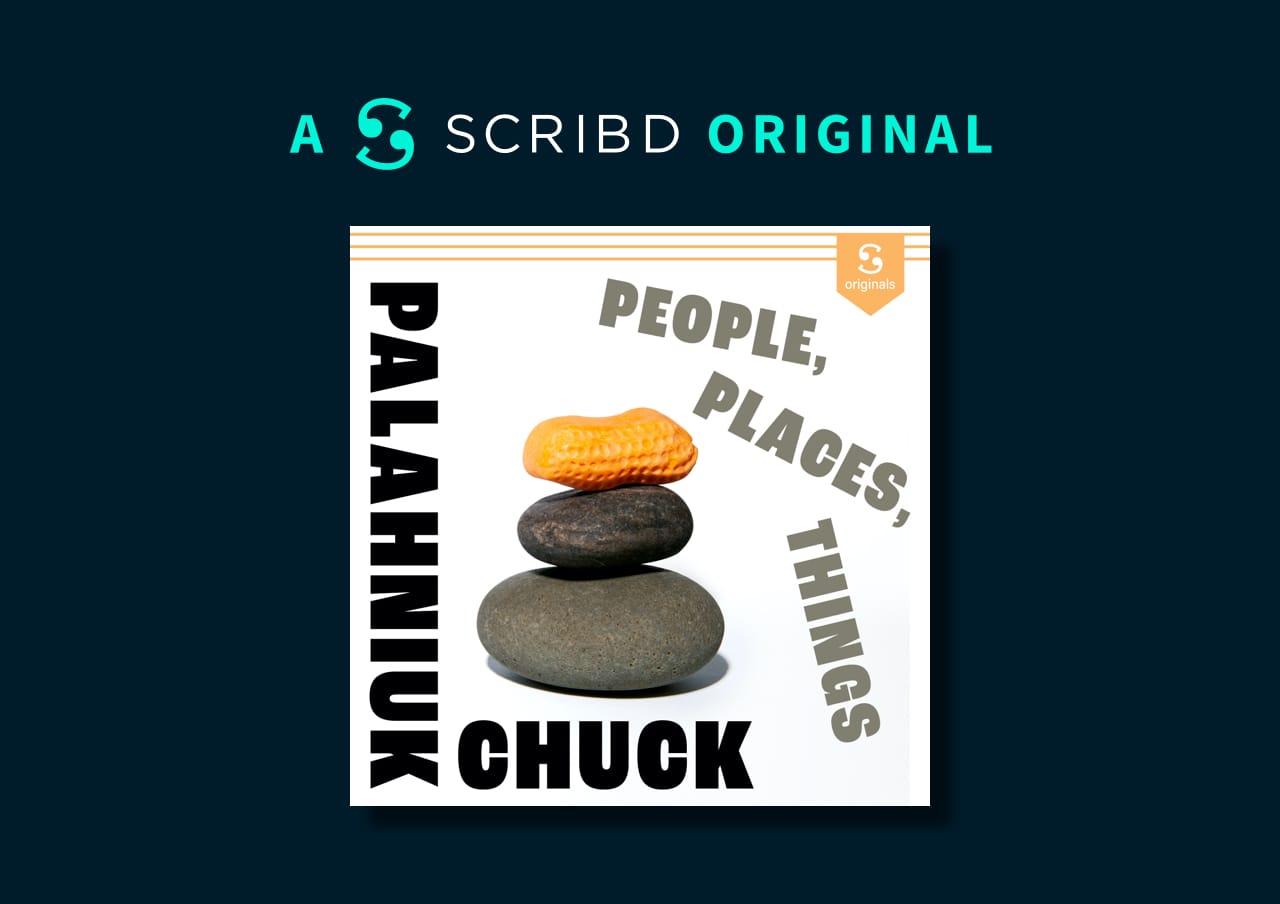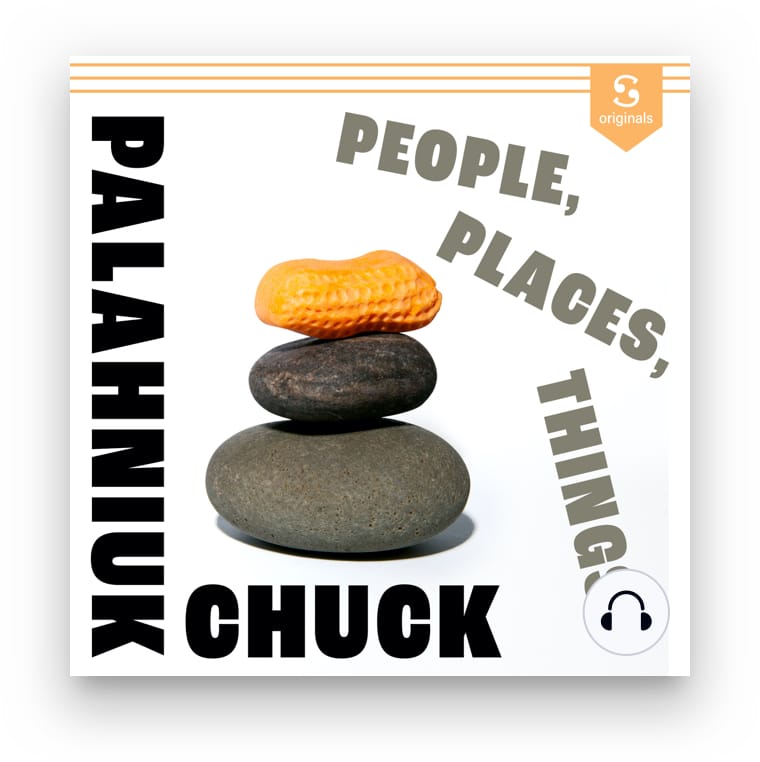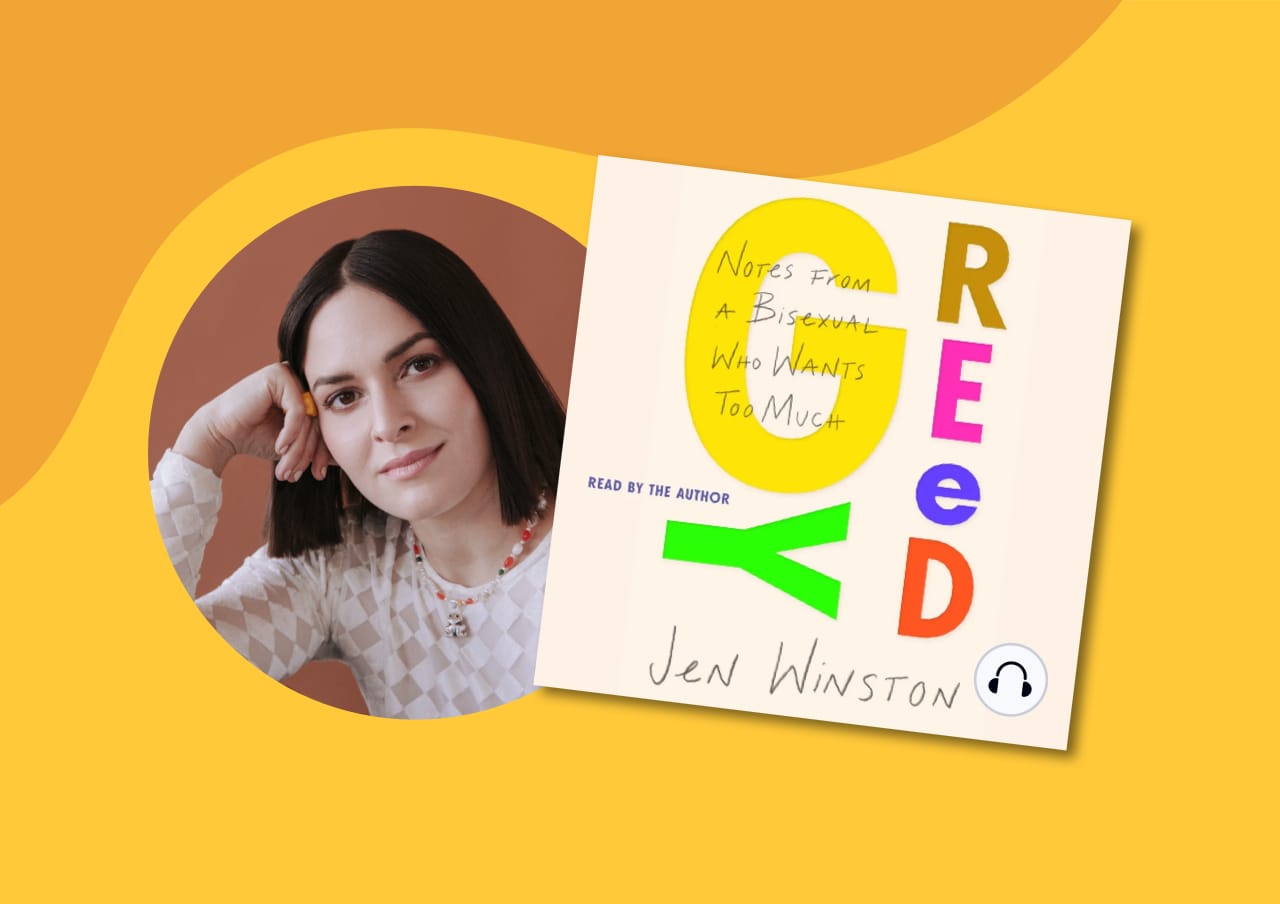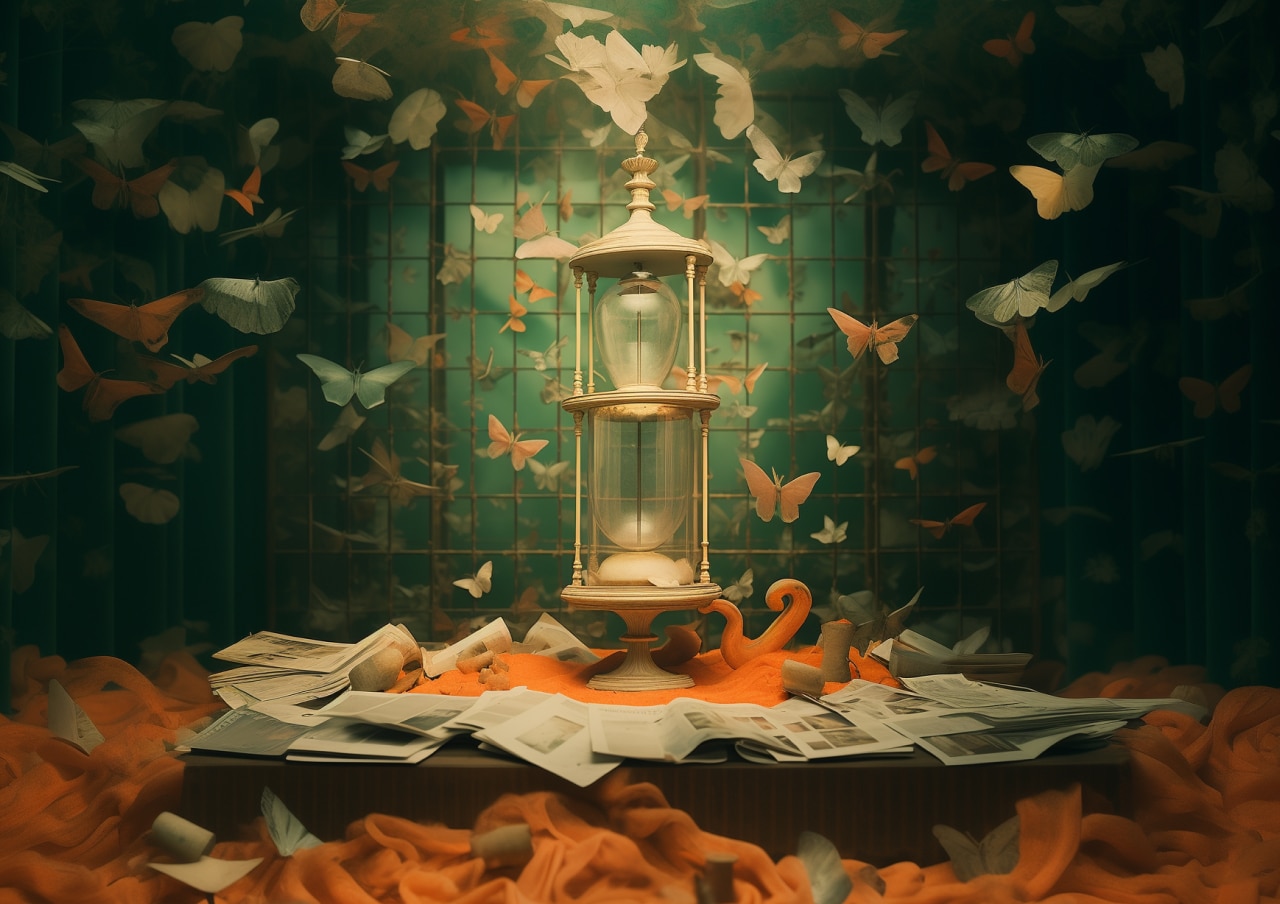
Provocateur Chuck Palahniuk has been mining the darkest parts of human minds for over two decades in his fiction, but he’s rarely written about the inner workings of his own imagination and the influences that shaped him. In this conversation and in our latest Scribd Original, Palahniuk gets personal about both the demons and delights of his past.
Scribd: Your co-writing instructor and friend, New York Times bestselling author Chelsea Cain, said of your Scribd Original essay “People, Places, Things” that it’s the closest you’ve ever come to writing a memoir. What was it about this piece, which Cain also called “a masterclass in storytelling,” that allowed you to take on your personal history as you never have before?
Palahniuk: Frankly, I thought it would be easy. A quick-and-dirty personal essay, like I did for my travel guide, Fugitives & Refugees, and for the collection Stranger than Fiction, and they were fun. This dive went deeper. My writing guru, Tom Spanbauer, has an exercise for his first-time students. He says, “Write about something you barely remember.” The magic happens as you put down one small detail, and that prompts another. In baby steps you find yourself recovering every aspect of events you’d thought were lost to you. That’s what happened with this essay, each detail adding to the eventual avalanche.
Are there other memoirs you admire for how they address trauma, what they reveal and how, or maybe for what they refuse to reveal?
Palahniuk: Like all the writers I know, I love the work of Amy Hempel, in particular her stories “The Harvest” and “In the Cemetery Where Al Jolson Is Buried.” Both of which are veiled memoirs. And both are devastating to read, and a constant inspiration.
In the second half of “The Harvest,” Hempel begins to include all the details she’s intentionally omitted because they seemed too incredible. It’s a wonderful, meta way of showing us how mainstream fiction has deadened readers to how amazing the real world can be. Bland fiction leads us to expect only blandness from life. That tweak makes a great story epic.
In the piece, you look at writers who coped with the nightmares they lived through by way of the fictional worlds they created — writers like Vonnegut and Salinger. How would you say the worlds you’ve created help you cope, or if not cope, what verb would you use? Survive? Transcend? Subvert? Poke the bear? Provoke you and others?
Palahniuk: Let’s blame it on my Ukrainian heritage. A kind of jovial fatalism, it prompts me to look for absurd humor in even the darkest topics. First the Vikings crush you, then the Russians, then the Nazis. The humor isn’t simply to avoid the pain, but to ultimately allow for a great expression of that pain. Your body can sustain suffering for only so long. It needs a rest, and then it can resume suffering until the pain is exhausted. Dark humor provides that relief that leads to a faster healing.
You are known as a provocateur, that you make art — sometimes shocking, sometimes shockingly funny — from dread and darkness. The praise for your books runs for miles, but how do you feel you are misunderstood or misread? By the press? Fans? Other writers?
Palahniuk: My policy is to never correct a reader’s interpretation. That would be like a psychiatrist presenting a Rorschach test and saying, “No, the inkblot does not look like a butterfly.” My job is to coax the reader into revealing his or her self through their reaction.
How has fame impacted your life? How have you seen fame play out, say in your dealings with Hollywood? And how do you think it works in American life, for better and for worse?
Palahniuk: Fame? I’d say “power.” And it’s no different than a beautiful woman who finds herself surrounded by letches, or a rich woman hounded by leeches. Some people see a chance to gain from manipulating you. The trick becomes how best to identify those people and avoid them. And why limit it to America? People prey upon each other everywhere.
Of the influences on your life and work that you describe in this piece, one man in particular, Noburo Fukuda, a gifted Japanese gardener, was never famous or even properly recognized by his community during his lifetime. You didn’t know him well, and yet the spaces he created in and around your hometown steady you to this day. How would you describe his gift? And what gift do you hope you can give him, if any, through this piece?
Palahniuk: To everyone, Fukuda was known as “Peanuts,” and he gave me license. He devoted his life to creating beautiful, fragile places doomed to die with him. And he devoted himself to bringing joy and serenity to everyone around him. He was celebrated in his life, but that recognition was short-lived … except when you ask people about him. Countless people carry his memory, and the memory of his work. It’s an honor to make public the secret, sweetest memories of so many people living and dead. If they read this piece, they will all recognize their own love for him.
Apart from Fukuda’s spaces, which unfortunately no longer exist, do you have a dream garden or space, one that you have built or would like to build, and where?
Palahniuk: When I build in stone, I do so with the hope that it will be overwhelmed by nature. People have shown me such places in the Pacific Northwest: stone houses and walls lost deep in the forest. They’re as haunted as graveyards and seem to carry so many stories. Or to evoke stories. As I build, I mortar a huge collection of stone and concrete skulls into my work, and these faked ossuaries age and gather moss and will puzzle and surprise strangers long after I’ve lived. No one needs to know I built these — sometimes huge — structures. People will go there to be troubled and delighted and be connected to some mystery. They will infer a meaning based on their own secret selves. A Rorschach test in stone, if you will.
What about the spaces you’re writing in now, new digital spaces and models: Is there a thrill in the ways they are providing you to create or reach readers? To collaborate?
Palahniuk: You mean these words? These words are already a ghost. The originals I wrote by hand in notebooks, those notebooks piled up, and eventually I burned them all in my woodstove. These words are already a memory of a memory of a memory, so faint they exist only in your head.
People, Places, Things by Chuck Palahniuk
Palahniuk knows how to tell a story in unexpected, fascinating ways, and this personal essay from the Fight Club author doesn’t disappoint. Palahniuk shares the people, places, and things that shaped his writing growing up in the Pacific Northwest — from serial killers to secret gardens to Sears catalogs.
People, Places, Things is a Scribd Original and is available exclusively on Scribd. It’s included in our subscription service as an ebook and an audiobook. You can find more Scribd Originals here.

About the Author: Amy Grace Loyd
Amy is an editor, teacher, and the author of the novel The Affairs of Others. She has been a MacDowell and Yaddo fellow and was an associate editor on the NYRB Classics, the fiction and literary editor at Playboy magazine and later at Esquire, and an executive editor at e-singles publisher Byliner. She is currently an acquiring editor and content creator for Scribd Originals.






